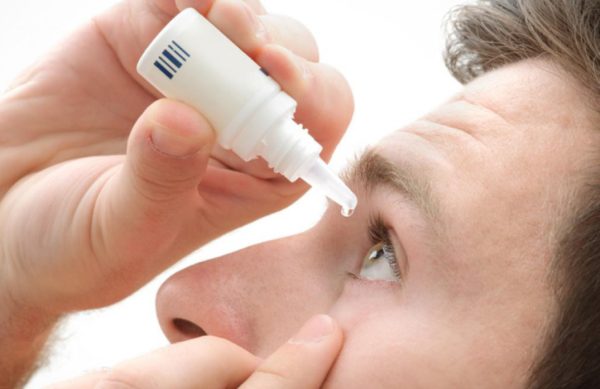
Dry eye disease is a common condition that occurs when your tears aren’t able to provide adequate lubrication for your eyes. Tears can be inadequate and unstable for many reasons. For example, dry eyes may occur if you don’t produce enough tears or if you produce poor-quality tears. This tear instability leads to inflammation and damage of the ocular surface. Dry eye – but my eyes are watery?
When you blink, a film of tears spreads over the eye. This keeps the eye’s surface smooth and clear. The tear film is important for good vision.
The tear film is made of three layers:
Normally, our eyes constantly make tears to stay moist. If our eyes are irritated, or we cry, our eyes make a lot of tears. But, sometimes the eyes don’t make enough tears or something affects one or more layers of the tear film. In those cases, we end up with dry eyes.
Signs and symptoms, which usually affect both eyes, may include:
Ask your Optometrist about our dry eye treatment with the use of a Blephasteam and gland expression.
Social Chat is free, download and try it now here!